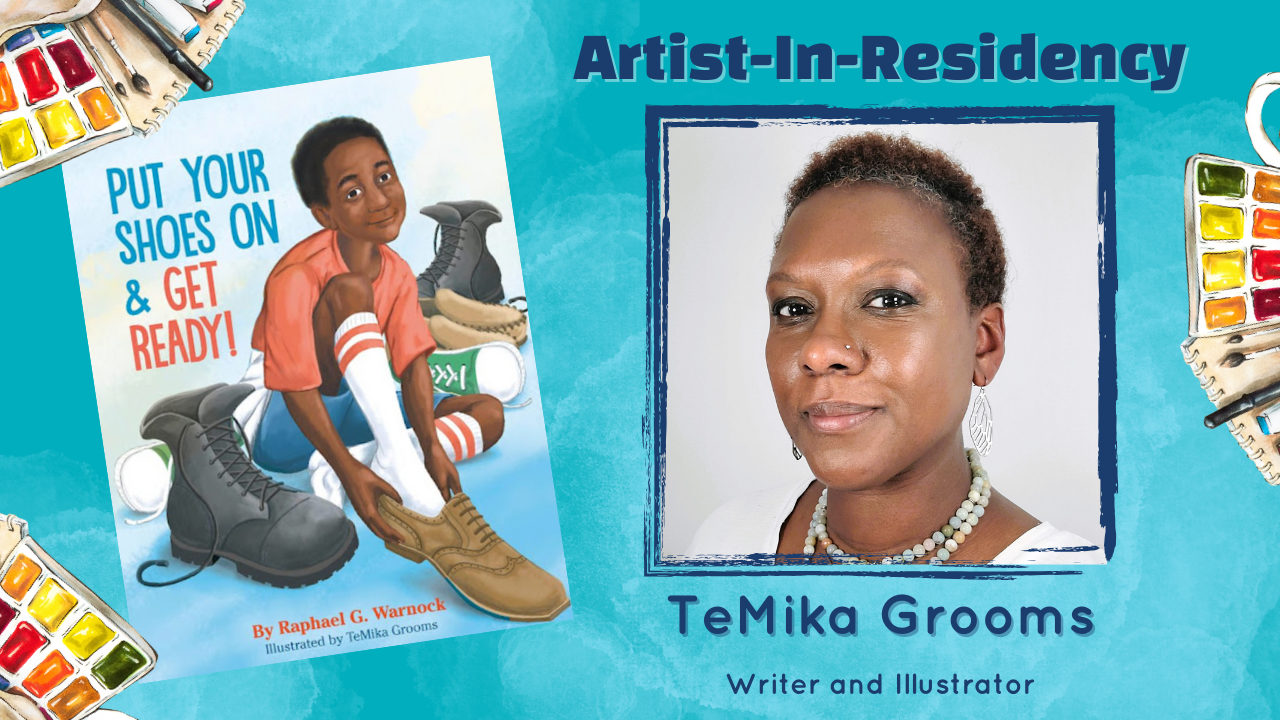Music Mondays:
Exploration of Pitch
Post Contents
It’s Music Monday! Last week we learned about tempo when we created our bean tambourines; today we’re going to learn about something called PITCH.
What is pitch? Well, that leads us into our vocabulary words for the day.
First, we need to know what SOUND is. Sound is vibrations moving through the air that can be heard when they reach our ears.
What’s VIBRATION? Vibrations occur when something moves up and down or back and forth very quickly. We can’t see sound vibrating, but we can see other things. Have you ever turned on an electric toothbrush and watched it vibrate? What about made your lips vibrate to create a “brbrbrbr” sound?
Now we can learn about PITCH. Pitch means how high or how low a sound is. Can you make your voice really, really high, like a squeak? What about really, really low and deep? How high or low the pitch of a sound is depends on how fast or slow the vibrations that make the sound are moving.
- Really fast vibrations = high pitch
- Slower vibrations = low pitch
Now, the cool thing about pitch is that there are some pitches that only kids can hear! Watch this video together and see which sounds everyone in the family can, or can’t, hear:
At-Home Activity
Materials & Instructions
2 glass cups that are the same size
A pitcher of water
A spoon
STEP 1: Fill one glass 1/4 of the way up.
STEP 2: Fill the other glass 1/2 of the way up.
Before we go any farther, let’s make a guess. Which glass do you think will have a higher pitch? Which one do you think will have a lower pitch?
Remember pitch is caused by how fast or slow the vibrations move.
STEP 3: Tap the side of each glass with the spoon and listen for the pitch.
Were your guesses correct? The glass with more water slowed down the vibrations for a lower pitch, while the glass with less water allowed the vibrations to move faster for a higher pitch.



